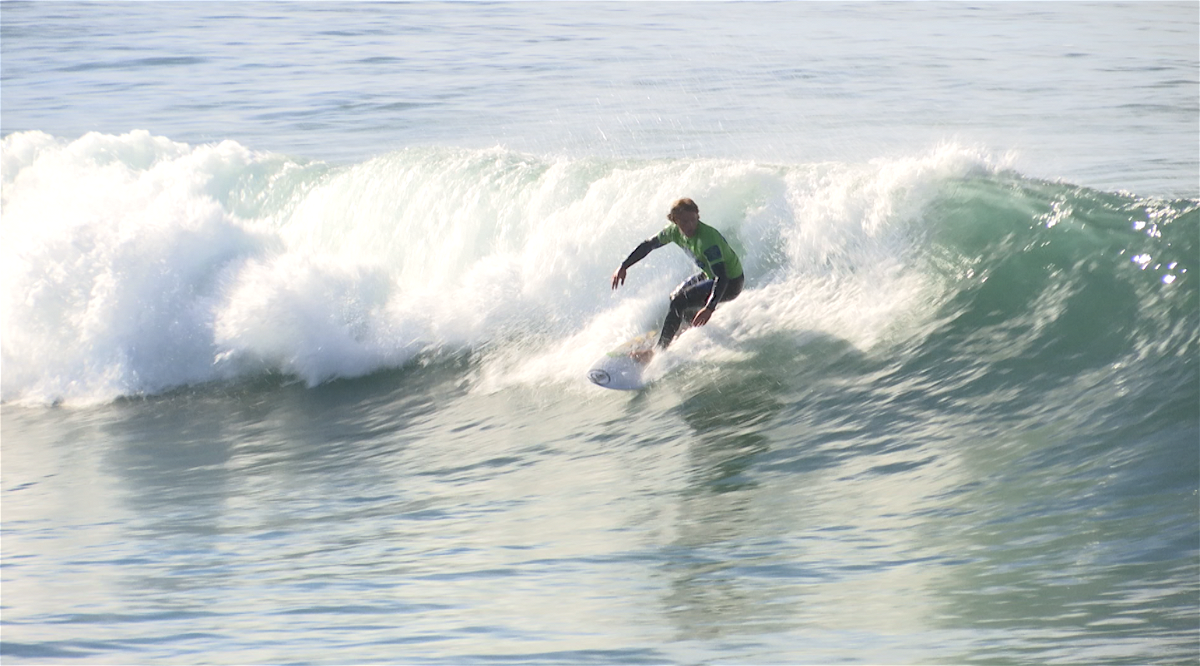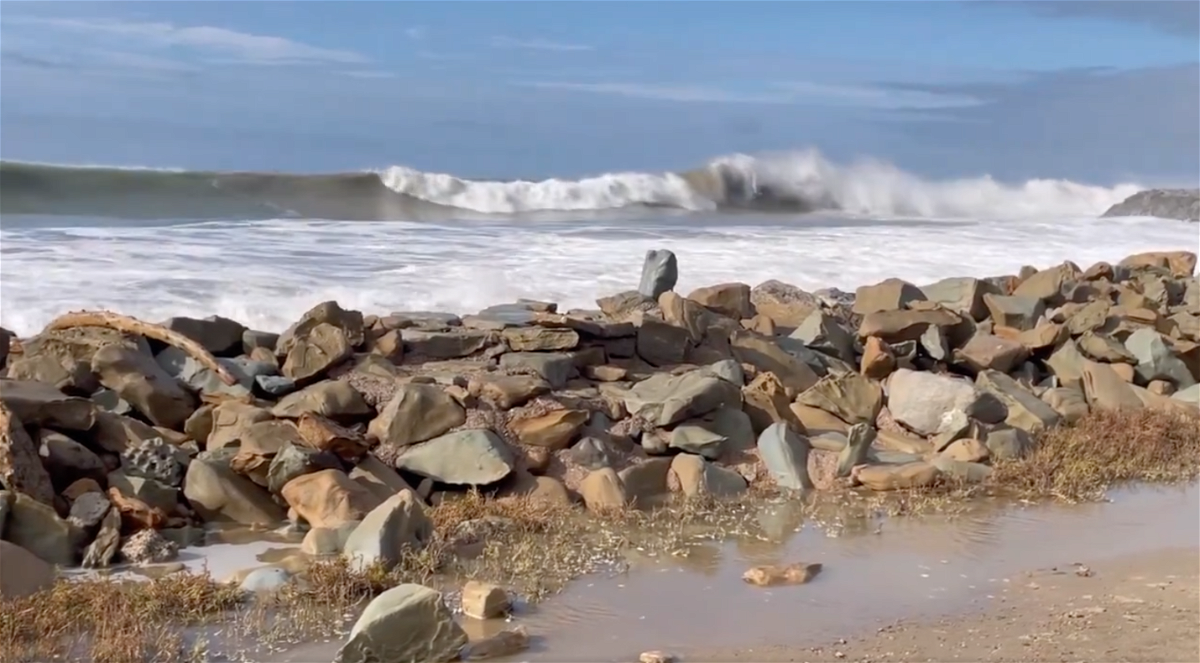Surf Breaks and Carbon Sinks: How surf spots play a key role in biodiversity and climate change

CAMARILLO, Calif. – A study by a California State University (CSU) Channel Islands Professor documented an intersection of surf breaks and biodiversity protection, inspiring more research published this year into the connection and what it means for seaside communities worldwide.
The study, "Conservation Opportunities Arise from the Co-Occurrence of Surfing and Key Biodiversity Areas" from CSUCI's Associate Professor of Environmental Science and Resource Management Dan Reineman found that good surf spots tend to be near vulnerable habitats.
"There’s a conservation opportunity ‘two-for’ here," said Dr. Reineman in a press release from CSU Channel Islands Wednesday. "We found that many of the world’s surf breaks are located in the same places as critical, but unprotected, ecosystems. Surfing - for recreation and tourism - provides an additional incentive to protect both."
What is a surf break?

A surf break is where waves crest or break, often found along ocean beaches.
Some popular surf breaks can be found right here on the Central Coast including Rincon Point pictured above and these other local surf spots.
The places where waves tend to crest make for excellent surfing and, thanks to the work of Dr. Reineman, we now know they are often near important ecological locations worldwide.
The image below, from Dr. Reineman's 2021 study, shows the global distribution of over 3000 distinct surf breaks in or near key biodiversity areas or KBAs.

Dr. Reineman's research inspired another academic, Oregon State University Professor of Forest Ecosystems and Society Dr. Jacob Bukoski who discovered another benefit of protecting surf breaks: trapping carbon.
"Dr. Bukoski reached out to me and said, ‘I’m interested in replicating your original study, but adding information about important stores of carbon around the world'," explained Dr. Reineman. "So I joined the team and we examined this additional co-benefit of, not only protecting surf breaks and ecosystems, but also keeping carbon out of the atmosphere."
Their research, published in the 2024 paper "Co-ocurrence of surf breaks and carbon-dense ecosystems suggest opportunities for coastal conservation", revealed that these surf break-adjacent ecosystems contained large amounts of carbon - over 88 million metric tons - and that, if released, is very difficult to naturally re-capture.
"If you destroy these ecosystems, there’s no way that you could ever regrow the forest or restore the mangroves by 2050," Dr. Bukoski told your author over the phone. "So you can essentially consider that carbon as irrecoverable for climate mitigation purposes."
When Dr. Bukoski mentioned regrowing damaged carbon-capturing ecosystems by 2050, he wasn't just picking a random year.
World leaders during the United Nations Climate Change Conference in Paris agreed that climate change is a global emergency and pledged to limit temperature increases to an average of 1.5 degrees Celsius and reach net zero emission by 2050 to avoid a cascading global emergency.
Released carbon pairs with oxygen to create carbon dioxide, a greenhouse gas and key contributor to climate change.
Natural carbon-capturing environments, or carbon sinks, like the ones highlighted by Dr. Reineman's and Dr. Bukoski's research, absorbed about half the carbon emitted by humans between 2011 and 2020.
Dr. Bukoski refers to these linked surf breaks and crucial carbon-capturing habitats as 'surf ecosystems' in the research paper and a visual tool of what that broader term encompasses is shown below.

Large amounts of carbon is stored in soil, sediment, and biomass or living organisms. A breakdown of just how much is captured and by what organisms is broken down in the image from the study below.

So, regardless of tourism-focused or conservation-minded intentions by policymakers, the results work hand-in-hand.
Protecting surf breaks that bring humans looking to catch some waves also tend to protect crucial carbon sinks and pivotal biodiversity hotspots.
"It’s exciting to see scholarly interest in surf conservation growing, and it’s always great to see someone building on your own work and taking it in new directions," beamed Dr. Reineman.
